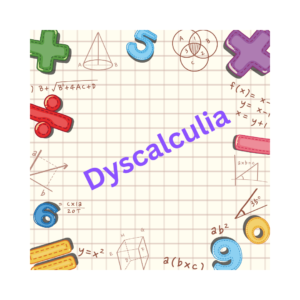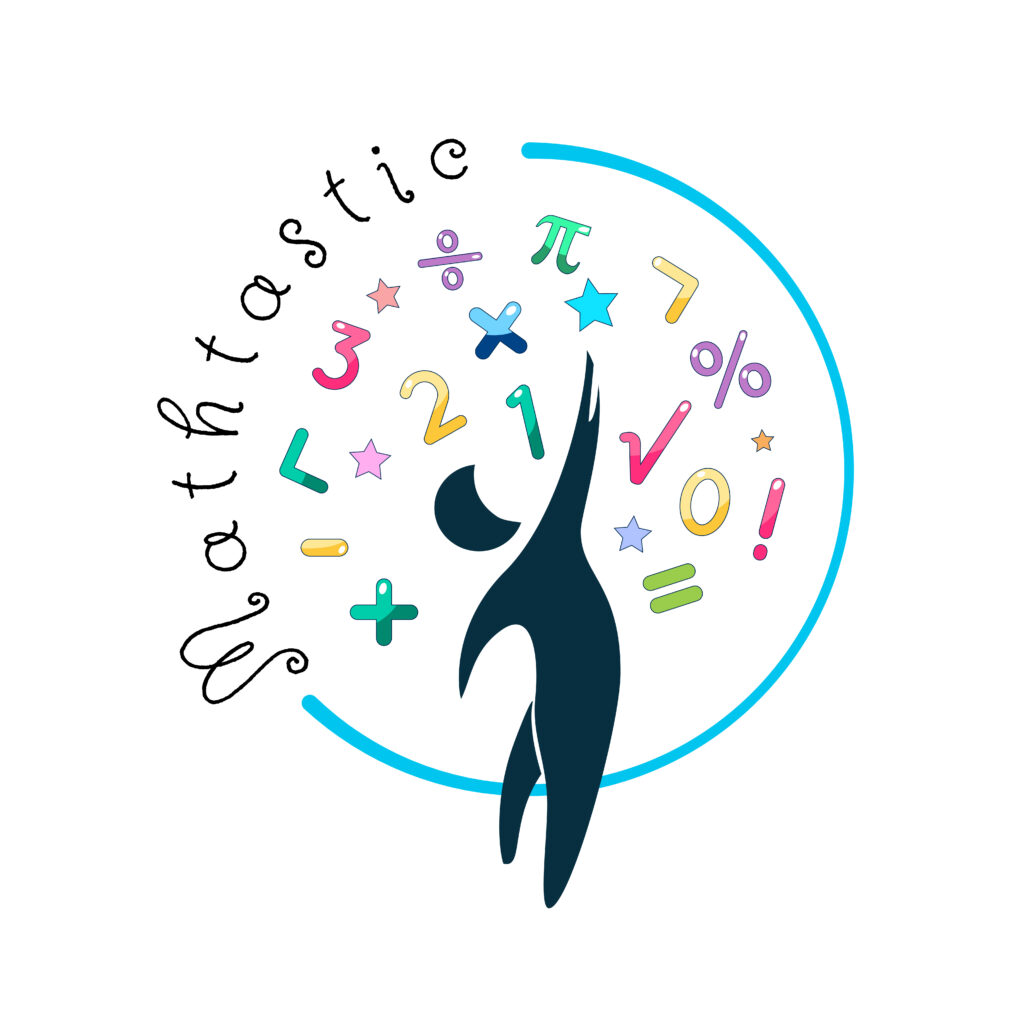
I am sure you have heard of Dyslexia. Maybe dyspraxia, maybe dysgraphia. In this group of Specific Learning Difficulties is also Dyscalculia.
Dys means bad and calculia means numbers, so, dyscalculia is a Specific Learning Difficulty which impacts the learning of number skills.
In the past few weeks, I was asked to assess a student who appears to be managing well in all subjects except maths. So, I accessed a diagnostic maths test and we set to investigate. What did I find?
Well, not unexpectedly, the student was working significantly below the expected level in maths, whereas the student is working at the expected level in reading and spelling. What was really enlightening was the split in the students understanding of the different areas of maths.
For this student they scored above the expected level in Geometry and Coordinate Geometry. They also scored above the expected level in Probability and Statistics and Spatial Knowledge and Patterns. However, in percentages, fractions and basic operations they scored well below the expected level.
Wow, this is an interesting mix of skills. If we think further, the student is good with shapes, geometry, spatial awareness and probability but the areas they are struggling with are all related to understanding of number. This is Dyscalculia - a specific learning difficulty in number.
Let's compare this to Dyslexia for a moment... Dyslexia is a Specific Learning Difficulty in reading which impacts spelling and writing also due to the central difficulty with phonological processing. Dyslexia does not impact all areas of language development. Often Dyslexic students have a no difficulty with language comprehension, they aquire great general knowledge and have many other strengths in English, just can't do the reading and writing part.
With Dyscalculia, not all areas of maths are impacted. As English is more than just reading, Maths is more than just numbers. In Dyscalculia the area of number is impacted, but other areas of maths where number is not the core are often strong.
For a student with Dyslexia, you would support reading and spelling using explicit, structured, cumulative teaching insertions. For Dyscalculia the same applies, you just replace letters with numbers.
I have written a series of books to support the development of number skills for students with difficulty in maths (diagnosed or otherwise). Mathtastic Level 1 is published now, and Level 2 (numbers to 20) will be published mid-December 2022.
Follow the link to the Mathtastic home page to read about the program, research base and to buy your copy.

Warning: Undefined array key "preview" in /home2/hashb/public_html/tracyashbridge.com/wp-content/plugins/oxygen/component-framework/components/classes/comments-list.class.php on line 102